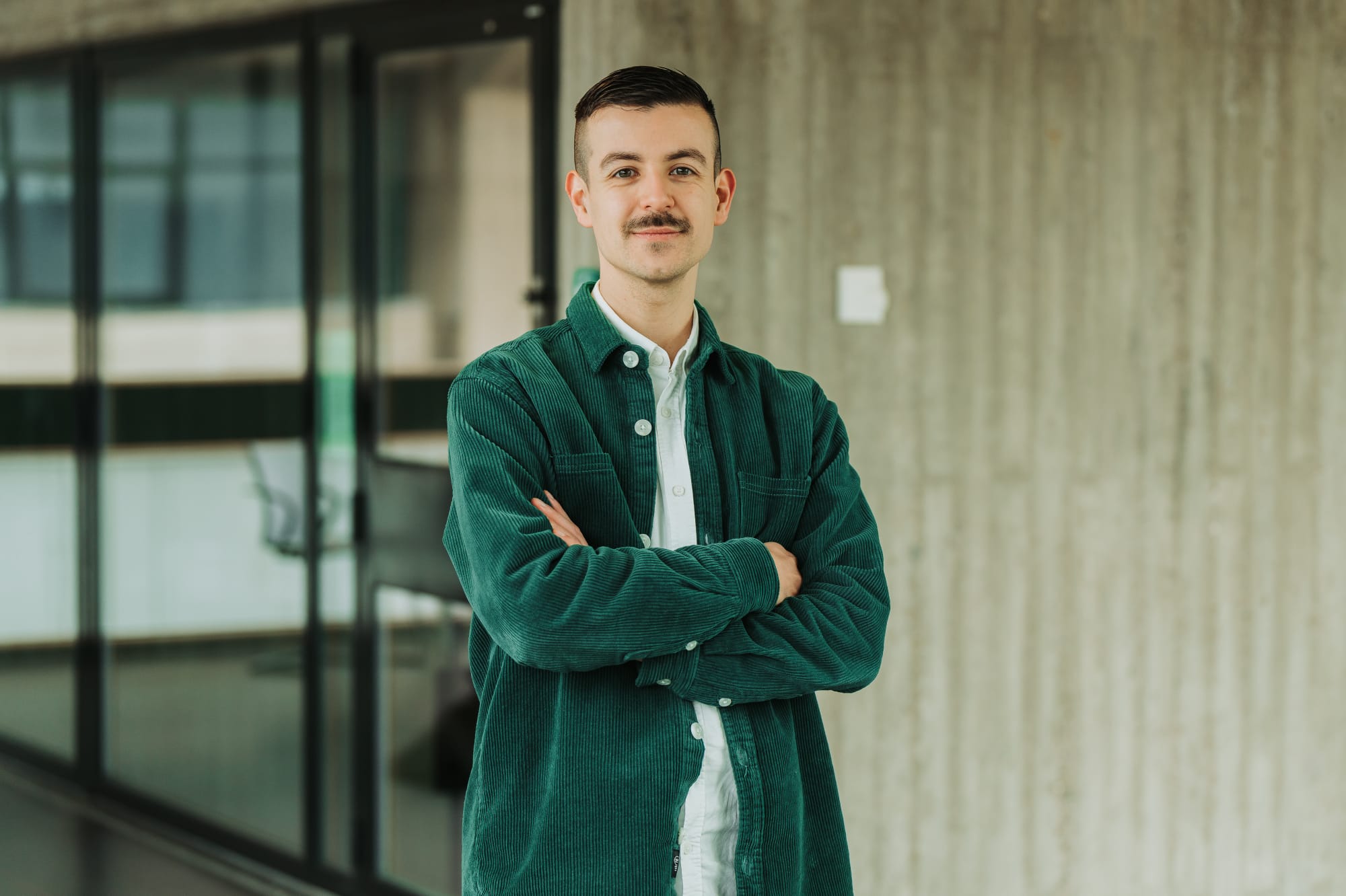Making Science More Tangible
Science communication of traditional mainstream media can have a seductive allure: at times, empirical findings are overstated, oversimplified, and all doubt is thrown out the window. But boy, do they make science more tangible! The headlines are catchy, brief, and build on pre-existing knowledge or intuition of its audience. Readers believe they now know how the world functions and how they can use that to their advantage. At the end of the day, however, such oversimplified communication about science tends to yield unreliable, potentially harmful results. Other forms of science communication could make science more tangible for a far greater audience in an accurate, nuanced, and personal manner, while also preventing disappointment and frustration when presumed ‘scientifically informed’ choices fall short.
As researchers, we have more opportunities than ever to make our science more tangible for a broader audience. There are visual tools such as videos or interactive dashboards, auditive tools such as podcasts or lecture recordings, and even AI tools that hold great promises in terms of communication efficiency. Currently, however, we still mostly communicate new research findings in written form. Unfortunately, in the Netherlands approximately 2.5 million people over the age of 16 have considerable reading difficulties (18% of the population). While Finnish reading proficiency is generally high, reading difficulties among youth appear to be on the rise (from 8.1% in 2009 to 13.5% in 2018). Globally, reading difficulties are even more common. The irony of writing this in a blog is not lost on me: tune in to the podcast episode with Laura, Outi, and me to hear us talk about even more exciting alternatives for science communication!
Open Science offers opportunities to not only make scientific findings more tangible, but even the scientific process itself – through co-creation. Co-creation is the initiative of doing science together with research participants. Instead of inviting participants when it is time to collect data, researchers and participants take all steps of the research cycle together. From identifying the most pressing issues, to contemplating appropriate measuring tools and recruitment strategies, and interpreting the most important findings as well as its implications (feel free to have a look at our YoungXperts approach here).
Co-creation, for example in the form of participatory science and citizen science, not only makes science more open and inclusive, it ‘democratizes’ the research process. It restores the balance between those who study and those who are being studied, between those who make decisions and those who are decided about, and between those who ask and those who have to answer. As such, co-creation is the ultimate way of making science more tangible.
Researchers may share theories of change, describe similar projects from other parts of the world, and what components have been found to (not) work so far. Research participants in turn may share details about the local infrastructures, unspoken social norms and stigmas, and potential obstacles for the research process or interventions. Learning from each other’s doubts and uncertainties like this can help foster a mutual sense of understanding and long-term commitment. Ultimately, doubts are a feature not a bug of high-quality science.
Last March I had the opportunity to talk about sustainable participant recruitment and retention at your university’s wonderful Open Science Day. The amazing colleagues and projects that I got to know there convinces me that your community is making tremendous impact through science for the people of Turku, Finland, and beyond. Thank you for inspiring me on my journey to make science more tangible – one blogpost at a time!

Ties Fakkel
The author is post-doctoral researcher at the SYNC Lab (Erasmus Universiteit Rotterdam, The Netherlands). Together with colleagues he studies social inequality among youth, such as what young people believe to be the causes of poverty. Ties also aims to make science more tangible for a broader audience through his initiatives at Addendum.
Julkaisun tiedot: 8/2024, Open Up!-blogi, ISSN 2814-8967